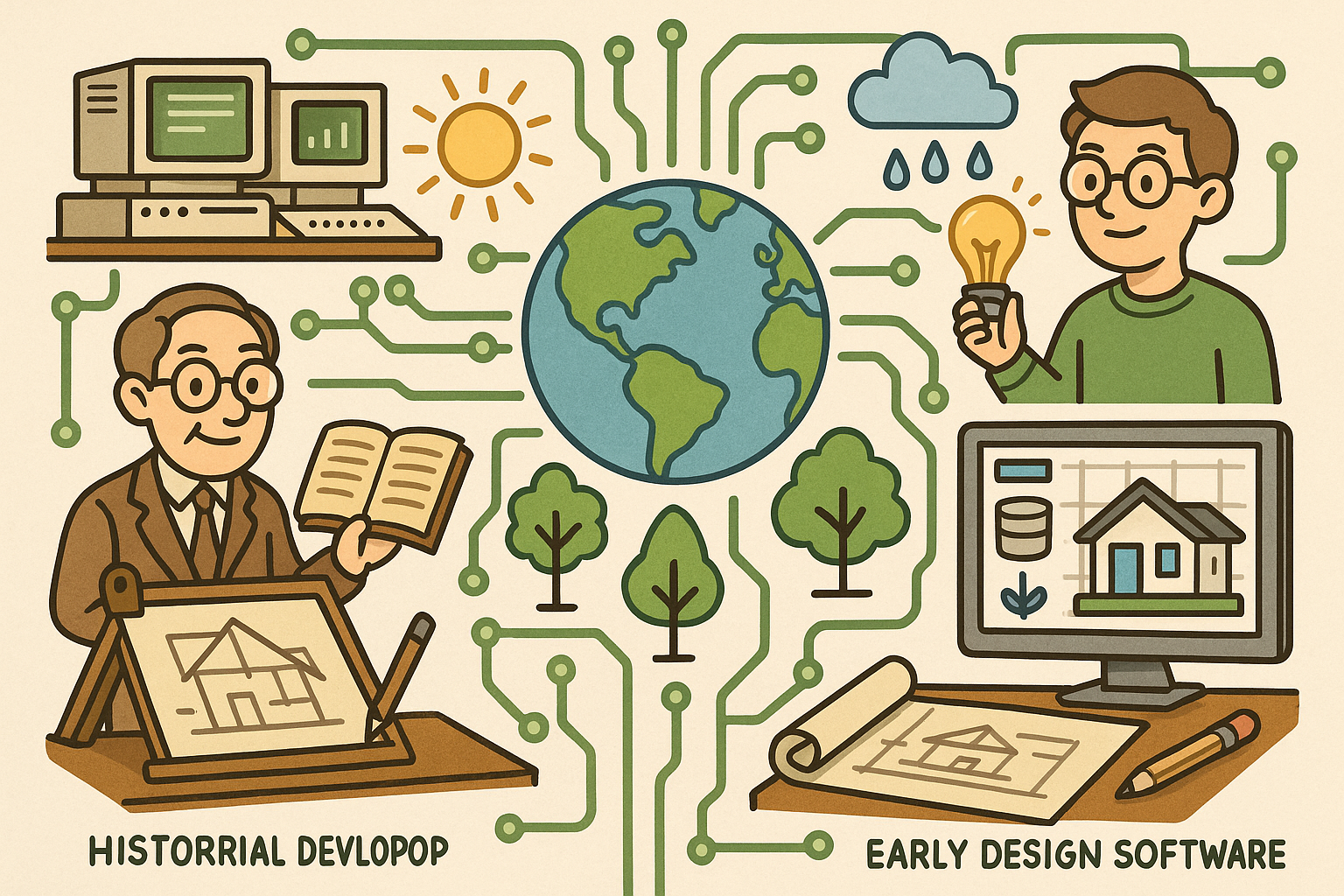Your Cart is Empty
Customer Testimonials
-
"Great customer service. The folks at Novedge were super helpful in navigating a somewhat complicated order including software upgrades and serial numbers in various stages of inactivity. They were friendly and helpful throughout the process.."
Ruben Ruckmark
"Quick & very helpful. We have been using Novedge for years and are very happy with their quick service when we need to make a purchase and excellent support resolving any issues."
Will Woodson
"Scott is the best. He reminds me about subscriptions dates, guides me in the correct direction for updates. He always responds promptly to me. He is literally the reason I continue to work with Novedge and will do so in the future."
Edward Mchugh
"Calvin Lok is “the man”. After my purchase of Sketchup 2021, he called me and provided step-by-step instructions to ease me through difficulties I was having with the setup of my new software."
Mike Borzage
Rhino 3D Tip: Optimizing Geometry Mapping with the Project to Surface Command in Rhino 3D
August 12, 2025 3 min read

When you need to map curves, lines, or points onto a 3D surface in Rhino, the Project to Surface command opens up a world of possibilities. It allows you to adapt existing geometry to fit organic shapes or complex surfaces, reducing the need for manual adjustments and ensuring more accurate results. This command is especially useful for tasks like shaping text onto curved volumes, aligning design features on uneven topography, or wrapping decorative elements around models. Below are a few practical pointers for leveraging this feature effectively.
- Choose the Right Projection Direction: Before using the command, ensure you have set the correct view or reference direction. Projection usually follows the active viewport’s camera direction, so double-check that you’re in the correct orientation for the best outcome.
- Consider Surface Complexity: Highly complex or irregular surfaces may produce intersecting geometry that’s difficult to work with. Simplify or rebuild the surface if necessary to maintain clarity and reduce processing time.
- Use Clean, Accurate Curves: Your projected geometry is only as good as the source geometry. Guarantee that curves are closed (if needed), free of unwanted control points, and suitably spaced to avoid distortions when projected.
- Test a Small Section First: For intricate projects, do a quick test with a smaller segment of your geometry on the target surface. This approach will help you confirm if your orientation, surface resolution, and curve settings are all dialed in before executing the final projection.
- Check for Overlaps and Intersections: After running the command, always inspect where the geometry lies. Overlaps can occur on surfaces with varying slopes or edges. Use additional refinement tools like Trim or Split if the projection needs adjustment or cleanup.
To keep projects running smoothly, take the extra step of saving incremental files whenever you’re experimenting with geometry and surfaces. This way, if you need to backtrack, you can quickly retrieve a previous state without losing hours of work. It’s also wise to maintain organized layers for original curves and projected geometry—clarity in your model’s structure goes a long way toward optimizing the design process.
For additional insights and specialized guidance on Rhino, consider exploring the resources offered by NOVEDGE. They provide a variety of learning materials, training courses, and software packages that can help you refine your workflow and stay updated on emerging strategies for modeling success. You’ll find that mastering the Project to Surface command is just the start of what Rhino can do—it’s a stepping stone to building more advanced and intricately curved designs.
Ultimately, successful projection boils down to precision, mindful preparation, and understanding the nature of the surfaces you’re dealing with. Invest in high-quality surfaces, maintain tidy geometry, and test diligently to achieve reliable outcomes. With practice, you’ll see just how versatile this command is for streamlining design processes, customizing shapes, and delivering accurate final products that truly represent your aesthetic and functional goals.
For anyone looking to expand their skill set even further, browsing through NOVEDGE can provide deeper insights and a wealth of options for enhancing your Rhino experience. Keep exploring and refining, and you’ll soon find that the possibilities for transforming designs are limitless.
You can find all the Rhino products on the NOVEDGE web site at this page.
Also in Design News

Transforming Design Workflows: The Impact of Remote Collaboration on Software Development
August 13, 2025 8 min read
Read More
Cinema 4D Tip: Maximizing Procedural Animation with Xpresso in Cinema 4D
August 13, 2025 2 min read
Read MoreSubscribe
Sign up to get the latest on sales, new releases and more …



